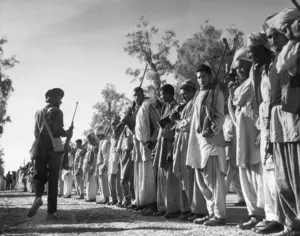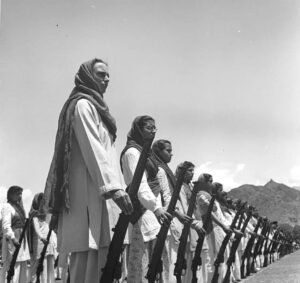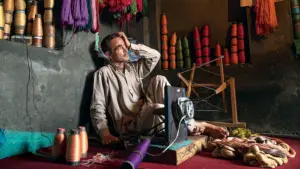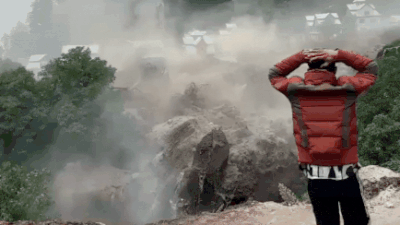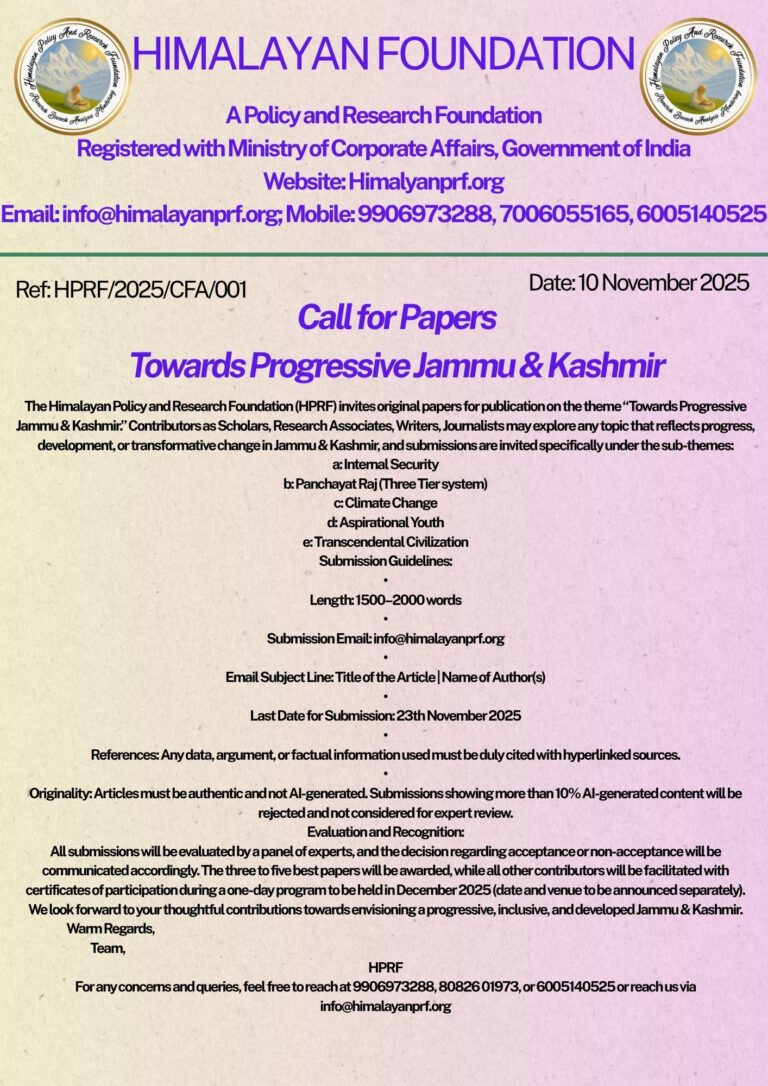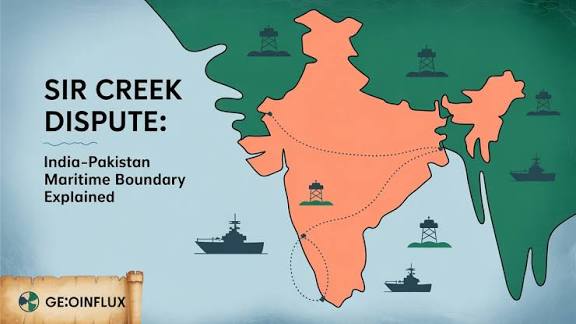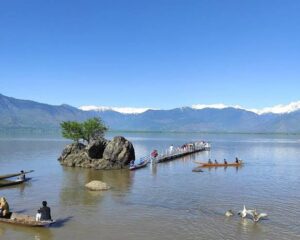By: Dr Zahid ( Freelance Researcher)
There is a temptation, whenever tragedy strikes, to retreat into the language of nature’s fury. The landslides and floods in Kishtwar are already being narrated in familiar idioms-“cloudburst,” “unprecedented rainfall,” “act of God.” This vocabulary comforts us. It allows us to imagine that human beings are simply powerless before the elements. Yet it is precisely this vocabulary that blinds us to the deeper truth: catastrophes are never only natural. They are political, moral, and institutional. They are the consequence of choices made, warnings ignored, vulnerabilities manufactured. If we fail to recognise this, then we reduce suffering to fate, and in doing so, absolve ourselves of responsibility.
The Himalayas, of which Kishtwar is a fragile part, have always carried both beauty and danger. They are young mountains, geologically restless, prone to instability. Climatic shifts only deepen their fragility. Scientists have shown repeatedly how rising temperatures in the region accelerate glacial melt, destabilise slopes, and produce rainfall patterns that are more erratic and intense. But hazards, as political ecology insists, only become disasters through the medium of politics and governance. What transforms rain into ruin is not nature alone but the stripping away of resilience by institutions. In Kishtwar, that stripping away has been relentless.
Consider what has been done in the name of development. Forests have been cleared systematically, removing the first line of defence against landslides. Dams and hydropower projects have altered the flow of rivers, leaving the Chenab less a river than a corridor of engineering. The mountain has been treated as an obstacle to be conquered, rather than a fragile ecology to be lived with. Each of these decisions-taken by state agencies, private companies, and bureaucrats-has
contributed incrementally to the disaster we now witness. In the logic of officialdom, these are marks of progress. In reality, they are preconditions of vulnerability.
The asymmetry of this arrangement is striking. The energy produced by Kishtwar’s projects illuminates distant cities, while the costs are borne by those who live closest to the danger. This is the moral economy of disaster: benefits flow outward, risks concentrate inward. Amartya Sen, once demonstrated that people perish not because food disappears, but because entitlements collapse. By the same logic, the suffering in Kishtwar is not simply because of rainfall, but because the entitlement to protection, to foresight, to dignified development has been steadily eroded. The poor are forced to inhabit the most fragile slopes, the most precarious homes, the spaces left behind after planners and engineers have made their decisions.
This pattern is not accidental. It reflects what Ulrich Beck once called the “risk society”-a modernity that generates hazards it cannot contain, offloading them onto those with the least power to resist. The dams on the Chenab are perfect symbols of this risk society. They are celebrated as monuments of progress, yet they expose local populations to the perpetual anxiety of displacement and landslide. The irony is cruel: those who sacrifice their land and safety for the project’s completion rarely receive its benefits. The costs are localised, the profits centralised.
To read Kishtwar only through the lens of sudden calamity is also to miss the longer violence at work. Rob Nixon has described this as “slow violence”-violence that is attritional, incremental, and often invisible until it erupts in spectacular form. Every tree felled on a slope is a small act of violence. Every blasting of a road that leaves soil loose is a deferred disaster. Every time a government file ignores an ecological warning, it sets the stage for future grief. What happened this year in Kishtwar is the visible culmination of countless invisible erosions. It is not simply rainfall that killed; it is years of slow violence made manifest in an instant.
The political dimension must also be confronted. For the state, the Himalayas are not just ecological landscapes; they are frontiers of sovereignty. Roads are built as much for security mobility as for civilian travel. Hydropower projects double as symbols of
integration. The region is spoken of in the language of “potential” and “resources,” rarely in the language of livelihoods and traditions. In this imagination, territory takes precedence over people. The river is seen as a power station, not a lifeline. The forest is timber, not protection. The mountain is geology, not a home. Development becomes a language of control, not care.
That is why local voices are systematically marginalised by local power houses. Communities in Kishtwar possess ecological knowledge that is neither romantic nor obsolete-it is practical knowledge accumulated over generations. They know the slopes that cannot be disturbed, the rhythms of seasonal streams, the dangers of overgrazing or felling. Yet this knowledge has been treated as irrelevant, subordinated to external expertise and engineering visions. Arturo Escobar rightly said: development is never neutral. It imposes one worldview upon another, and in doing so, displaces entire ways of knowing and living. The people of Kishtwar are not merely poor; they are rendered powerless because their knowledge has been excluded from the calculus of planning.
When disaster strikes, the state’s response reveals the same hierarchy. Relief arrives too late, compensation is tokenistic, rehabilitation is uncertain. Officials visit, express sympathy, and depart. The machinery of disaster management is rarely about anticipation; it is about performance after the fact. What makes this doubly tragic is the language of inevitability that accompanies these failures. “Unprecedented rainfall,” “act of God”-phrases designed to absolve responsibility. But politics, as Hannah Arendt reminded us, is judged not by its ability to prevent all tragedy, but by whether it accepts responsibility for it. In Kishtwar, that responsibility has been persistently deferred.
The task ahead cannot be confined to rebuilding roads and houses. It requires a reconstitution of the very idea of development. Forests cannot be treated as expendable. Rivers cannot be reduced to pipelines of electricity. Communities cannot be mere obstacles to projects designed elsewhere. Ecological justice must become central to political justice. If development does not reduce vulnerability, it is not development at all-it is dispossession by another name. To continue on the
current path is to guarantee that Kishtwar will not be the last such catastrophe, only the most recent.
What Kishtwar teaches us is that disasters are revelatory. They strip away the illusions we construct around progress and control. They show us the arrogance of assuming fragile ecologies can be endlessly bent to human will. They expose the deep inequalities in how risks are distributed and how responsibilities are evaded. And they remind us, with devastating clarity, that vulnerability is never destiny-it is produced.
If we are to honour those who have perished and protect those who remain, then we must learn humility before the Himalayas, responsibility before the vulnerable, and restraint before the seductions of extraction. This is not simply a matter of technical planning; it is a moral summons. Anything less will mean that the next disaster, already waiting in the wings, will not be an accident of nature but the consequence of our own complicity.

